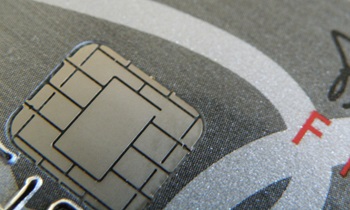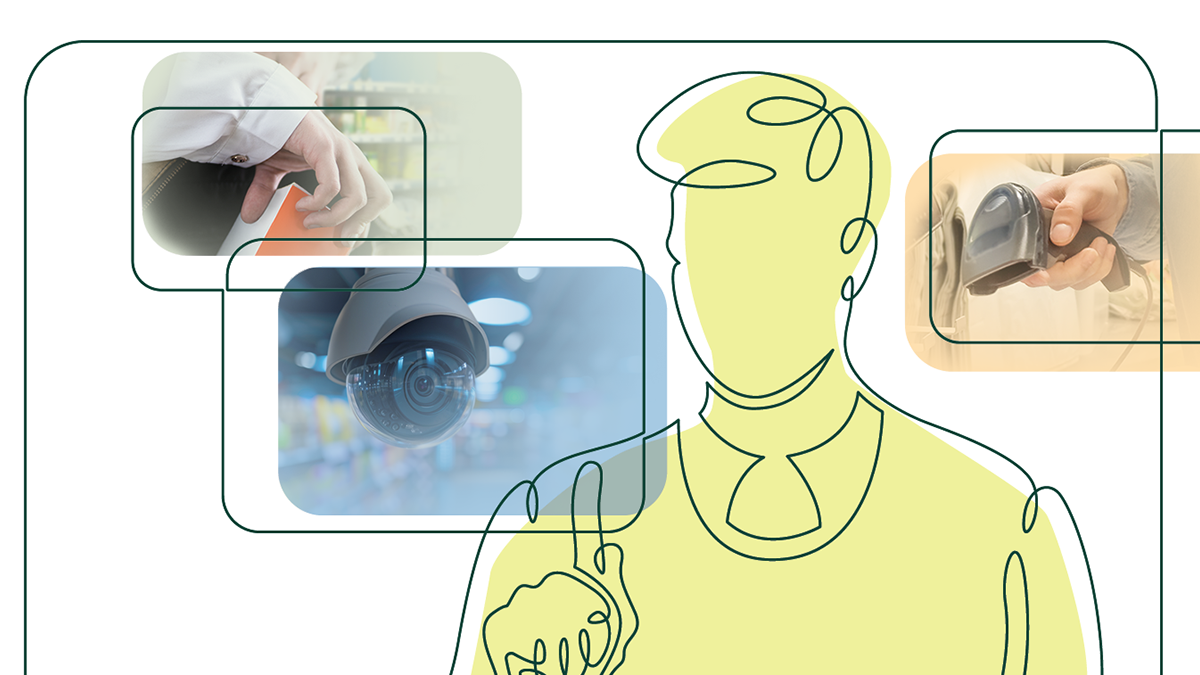By: Hannah Walker, Senior Director, Nutrition & Technology Policy, Food Marketing Institute
 It is hard to believe, but October 2019 will mark four years since the card brand-imposed liability shift went into effect, requiring retailers to invest significant time, resources, and capital to accept “chip” cards in their stores. FMI witnessed and heard first hand from many of our members the challenges the arbitrary deadline created and the unnecessary expenses it cost their stores. The good news is, most of FMI members report being EMV compliant and are seeing some degree of reduced chargebacks for fraudulent cards being used in your stores. Now that we are mostly over the EMV hurdle, what’s next on the payment’s horizon?
It is hard to believe, but October 2019 will mark four years since the card brand-imposed liability shift went into effect, requiring retailers to invest significant time, resources, and capital to accept “chip” cards in their stores. FMI witnessed and heard first hand from many of our members the challenges the arbitrary deadline created and the unnecessary expenses it cost their stores. The good news is, most of FMI members report being EMV compliant and are seeing some degree of reduced chargebacks for fraudulent cards being used in your stores. Now that we are mostly over the EMV hurdle, what’s next on the payment’s horizon?
The Eight-Legged Octopus of Challenges & Opportunities
That is a question much easier asked than answered. In many ways, payments are an eight-legged octopus, with potential for innovation in security for both in-store and online shopping. There are opportunities to advance mobile payments and other technologies, all while looking for what will be the major disruptor that both consumers and retailers will be eager to adopt.Online Security – Secure Remote Commerce
On the online security side, the major card brands have been very active in promoting a solution commonly called Secure Remote Commerce (SRC) as a safe “one button” check out solution. While at first glance a single pay button may sound attractive and reduce the number of abandoned baskets, the devil is always in the details. Many questions remain unanswered: will retailers still have options on which debit network they want to route a transaction through? What will be the cost to the retailer? What other things must a retailer give up or take on in order to utilize SRC?Contactless Credit and Debit Cards
While we dig for answers on SRC, we also must remember most groceries are and will be sold in store. Some of the country’s largest banks have announced they will start issuing contactless credit and debit cards. These contactless cards use a near field communication (NFC) technology. NFC is only one contactless solution but is the one the major card brands favor. Even more interestingly the EMV readers retailers purchased and installed in their stores came with NFC capabilities included. Again, while NFC may sound like an interesting solution that can use both enabled cards and technologies like ApplePay, it also comes with a cost. The major card brands assert that if you turn on NFC in your store you must accept anything using NFC. For instance, if a retailer wants to accept the NFC cards, but not ApplePay, the card brands say you must. NFC also comes with its own inherent challenges when a retailer tries to choose one debit network over another.There is a great deal of exciting work being done resulting in positive developments in payments. I invite you to join us at the Financial Executive and Internal Auditing Conference in May as I have a one-on-one discussion with Kim Ford, head of global government affairs at First Data, to discuss what are the opportunities for true disruption in payments and how both the grocer and the customer benefit.
Photo Credit: Dennis Sylvester Hurd, 2012


 Industry Topics address your specific area of expertise with resources, reports, events and more.
Industry Topics address your specific area of expertise with resources, reports, events and more.
 Our Research covers consumer behavior and retail operation benchmarks so you can make informed business decisions.
Our Research covers consumer behavior and retail operation benchmarks so you can make informed business decisions.
 Events and Education including online and in-person help you advance your food retail career.
Events and Education including online and in-person help you advance your food retail career.
 Food Safety training, resources and guidance that help you create a company food safety culture.
Food Safety training, resources and guidance that help you create a company food safety culture.
 Government Affairs work — federal and state — on the latest food industry policy, regulatory and legislative issues.
Government Affairs work — federal and state — on the latest food industry policy, regulatory and legislative issues.
 Get Involved. From industry awards to newsletters and committees, these resources help you take advantage of your membership.
Get Involved. From industry awards to newsletters and committees, these resources help you take advantage of your membership.
 Best practices, guidance documents, infographics, signage and more for the food industry on the COVID-19 pandemic.
Best practices, guidance documents, infographics, signage and more for the food industry on the COVID-19 pandemic.
